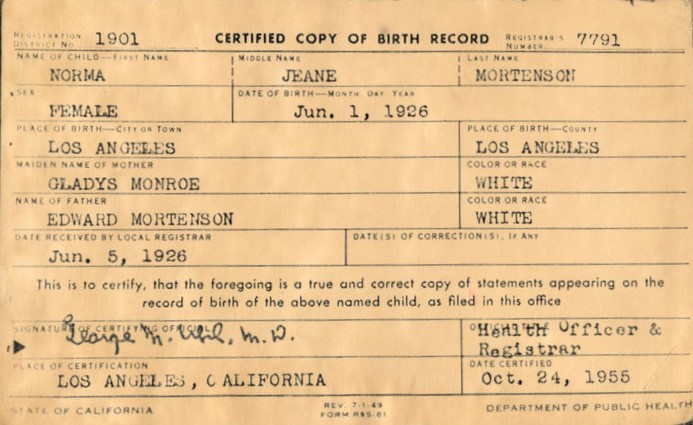
In addition to its marvelous postings, one of the additional benefits of the Genealogists.com Facebook page is the ability to request "lookups" (source documents) from the Family History Library. Because not everyone knows what is meant by"FHL Lookup," we thought we should take a minute to explain what thismeans.
First, a word about what the Family History Library isand why having access to its collections is so important. [You can also visit this website for a briefoverview of this unique facility: https://familysearch.org/locations/saltlakecity-library

The Family History Library (FHL) is one of the mainattractions located on Temple Square in Salt Lake City, Utah. It is the largest repository in the world ofmicrofilm, microfiche, books, and other resources (such as maps) used toconduct family history research. Since 1938 FamilySearch has captured 3.1billion records, most stored on 2.5 million rolls of microfilm from 202different countries. Twenty-threepercent of the images in the Granite Mountain vault have been digitized todate, with the remaining to be microfilmed in 3 to 4 years. [Note that the “Granite Mountain” is a mass of solid rock one mile upLittle Cottonwood Canyon in the Wasatch Range of Utah, not too far from SaltLake City. Despite its name, however, Granite Mountain is primarily composed ofquartz.]
Sixhundred million images from 1,225 archives have been published online so farand FamilySearch is adding about a million images per day. In addition, they have published nearly 3billion searchable names. The number of records is increasing by about 1.1million records per day and currently contains just under 2 million names. 80 to 100 million records are being added peryear using 300 camera crews in 48 different countries. So you can see that this is an invaluableresource for your genealogical activities.

Yourguide to these records is the Family History Library Catalog. This Catalogdescribes the records in each collection of the Family History Library. Ittells you which record collections contain the primary (and secondary) recordsfor your ancestors, including births, marriages, and deaths; census records;church registers; and many other records.
Thereare two versions of the catalog available online. The latest version is at: https://familysearch.org/#form=catalog. The earlier version is at: https://familysearch.org/eng/library/fhlc/ (Some people seem to prefer the interface of the earlierversion over that of the new one.)
Forinstructions on using these catalogs, go to: https://www.familysearch.org/learn/wiki/en/Introduction_to_the_Family_History_Library_Catalog
Now,to the actual “lookup” process. When youhave located the book, microfiche, or microfilm listed in the catalog that youneed, you have two options:
a)Physically go to the FHL yourself and view or look up the record. This option requires you to travel to SaltLake City, Utah, which may not be feasible for many people.
b) Have someone go to the FHL for you to physically retrieve, view and record and/orcopy the contents of the desired record. This option is referred to as a “FHL Lookup Request” and is availablefor books, microfilm, and microfiche. This service is provided when you click the “Like” buttonon the Rootsonomy Facebook page for the first time. For those who do not livein the Salt Lake area, this is the fastest, easiest way to obtain informationfrom the actual record. Requests are processed usually within 48 hours and theresults are sent to you electronically.
To request a lookup, go to: https://www.trace.com/genealogists/FHL.




